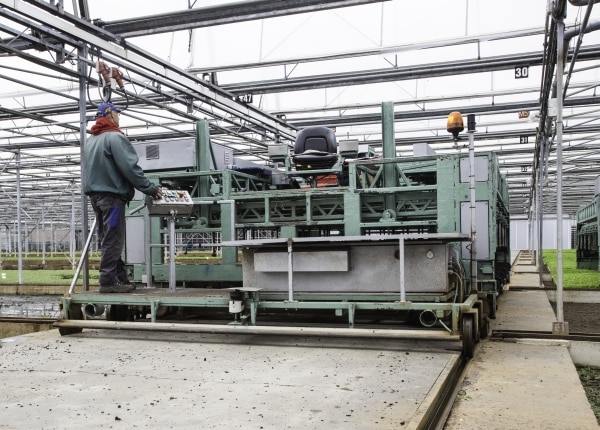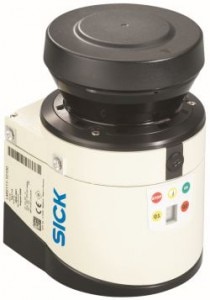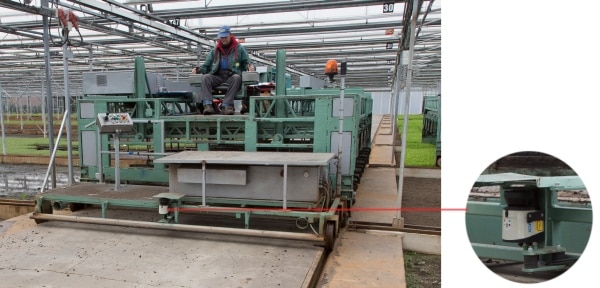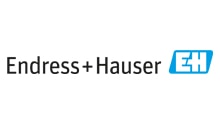The days when Combat, a company from the Dutch city of Venlo, concentrated solely on carwash facilities have long since passed. Over the years, company directors Gerard Kerstjens and John Teunissen have transferred their knowledge to the fields of mechanical engineering and systems planning. One of their recently completed projects is the development and completion of safety devices for the AGVs used by horticultural company West Plant Group in Venlo. What's more, SICK's 2D laser scanners played a prominent role in this project.  The greenhouses of the West Plant Group are home to strawberry, vegetable, and herb seedlings, which are cultivated and then sold on to the horticultural industry. In order to organize the transportation of the trays containing sand and seeds and then those containing cultivated plants as efficiently as possible, the West Plant Group has developed its own automated guided vehicles (AGV). These AGVs travel through the greenhouses on a specially routed rail system at a speed of 20 km/h - including when they are fully loaded. When it comes to systems like this, safety monitoring is absolutely essential, as an AGV cannot simply swerve out of the way, explains Gerard Kerstjens, detailing the initial situation of the project. Developing a safety system in an environment with high exposure to dust, constantly changing lighting conditions, and occasional fog and rain due to the fact that the roof is always open, was no easy task. At first, the West Plant Group was considering a solution with ultrasonic sensors; however, these did not pass the field test. Sound waves can be deflected and reflected, meaning that they cannot always be reliably detected. Finally, the company came to us with their problem and asked us whether we could take a look at it.
The greenhouses of the West Plant Group are home to strawberry, vegetable, and herb seedlings, which are cultivated and then sold on to the horticultural industry. In order to organize the transportation of the trays containing sand and seeds and then those containing cultivated plants as efficiently as possible, the West Plant Group has developed its own automated guided vehicles (AGV). These AGVs travel through the greenhouses on a specially routed rail system at a speed of 20 km/h - including when they are fully loaded. When it comes to systems like this, safety monitoring is absolutely essential, as an AGV cannot simply swerve out of the way, explains Gerard Kerstjens, detailing the initial situation of the project. Developing a safety system in an environment with high exposure to dust, constantly changing lighting conditions, and occasional fog and rain due to the fact that the roof is always open, was no easy task. At first, the West Plant Group was considering a solution with ultrasonic sensors; however, these did not pass the field test. Sound waves can be deflected and reflected, meaning that they cannot always be reliably detected. Finally, the company came to us with their problem and asked us whether we could take a look at it.
LMS for monitoring outdoors
Kerstjens' next step was to get in touch with SICK so that they could work out a solution together. I would usually suggest safety laser scanners, but due to the changing lighting and weather conditions, these were not suitable for this situation. Instead, we worked together with SICK to find the safest of all possible solutions for this project. LMS111 2D laser scanner
LMS111 2D laser scanner
Based on our risk assessment, we finally decided to go with an LMS111 2D laser scanner combined with organizational measures regarding access authorization to the greenhouses. These organizational measures aim to ensure that no one is present in the areas where the AGVs are operating once they start moving. The LMS ensures that the AGVs cannot collide with objects in an uncontrolled manner and without being braked, for example if they come across a ladder or a tool trolley in their path. Although Kerstjens had worked with 2D laser scanners in the past, he was not aware of their full potential. I was invited to a training course organized by SICK, and when we were setting up our testing facility, we also received support from SICK employees. The first AGVs, monitored by Combat's LMS solution, have now been in service for six months - to the complete satisfaction of the West Plant Group. Kerstjens explains the technology involved as follows: As soon as an object enters the LMS safety zone of 15 meters, the AGV starts to brake. If the object is within the seven-meter mark of the monitored area, the AGV reduces its speed again. And if the distance between the object and the AGV is less than two meters, the AGV performs an emergency stop. This is the safest option for this particular situation. Together with the West Plant Group, we are currently looking into whether other AGVs could be fitted with an LMS. Automated guided vehicle with LMS111 2d laser scanner
Automated guided vehicle with LMS111 2d laser scanner
SICK - first choice, every time
Gerard Kerstjens has fond memories of the development phase of this project. The cooperation we had with SICK was absolutely first class. In SICK, you have a partner that provides you with excellent information. For example, you can find information on all SICK products on their homepage, and if you have a question about more complex problems, you receive a prompt and knowledgeable response. Other partners sometimes simply shrug their shoulders and throw in the towel - not SICK. That is also one of the reasons why we work with the company as much as we possibly can. Sometimes a customer wants to have its own sensors incorporated into the project, but wherever possible, we make SICK our first choice.
- Product informationen: LMS1xx 2D laser scanner
- Product portfolio: 2D laser scanners
- Customer information: Combat, West Plant Group
